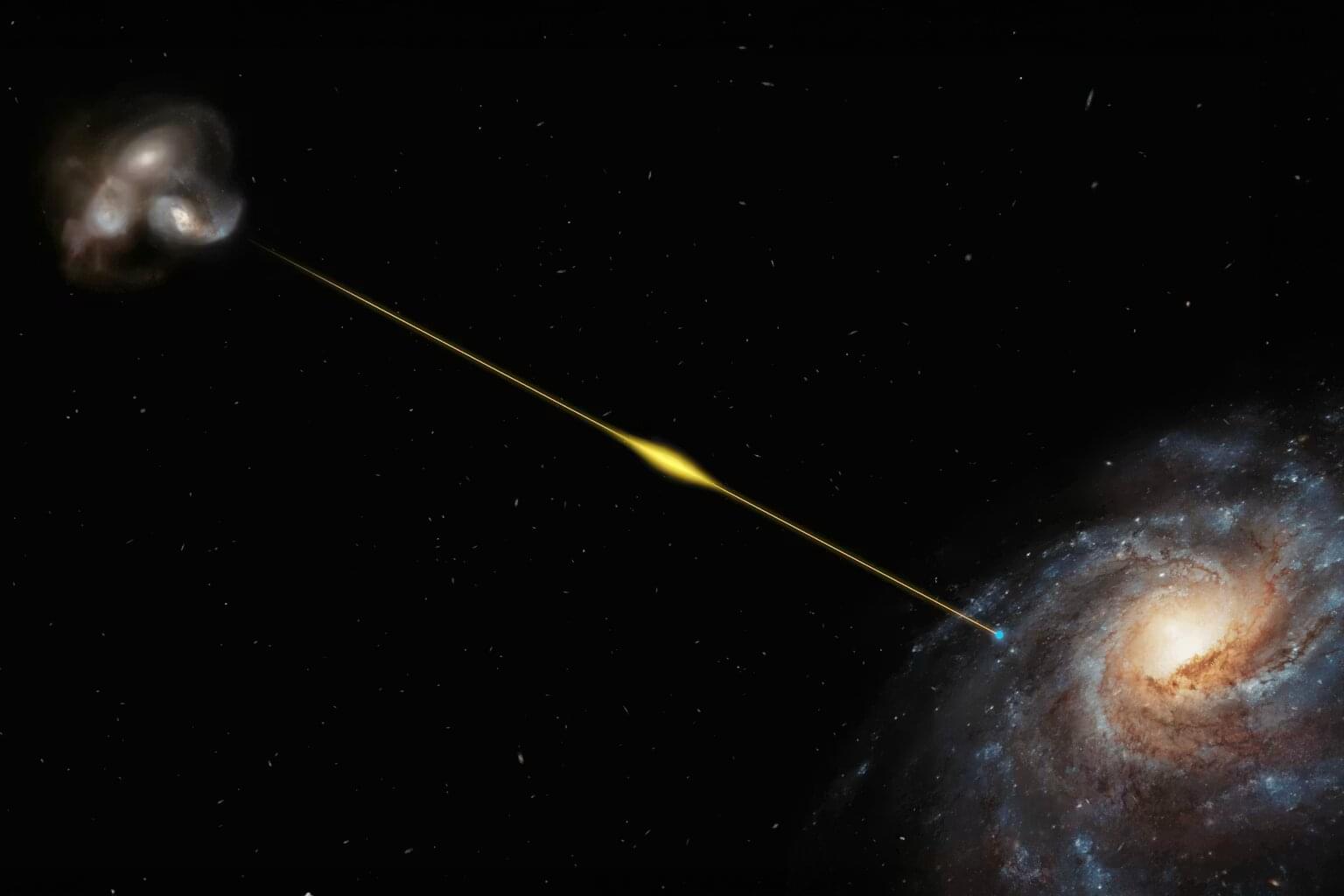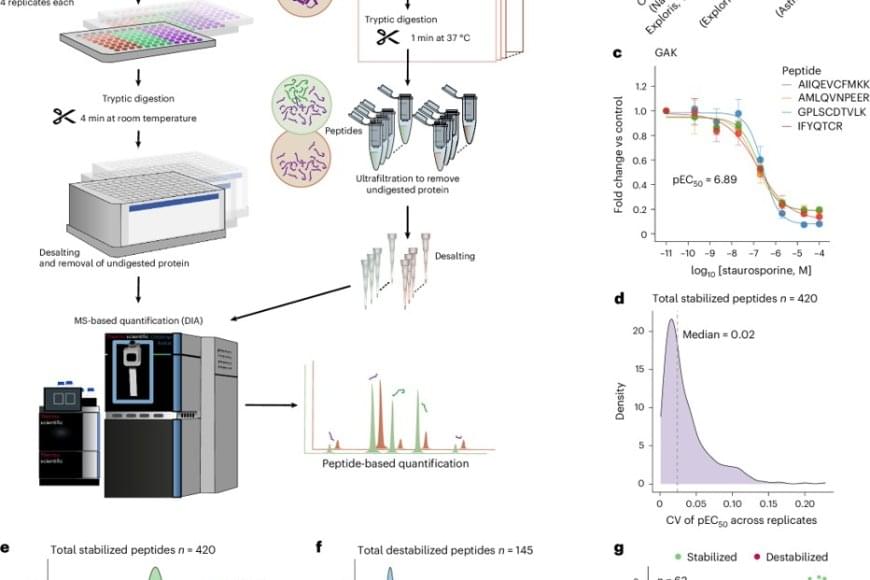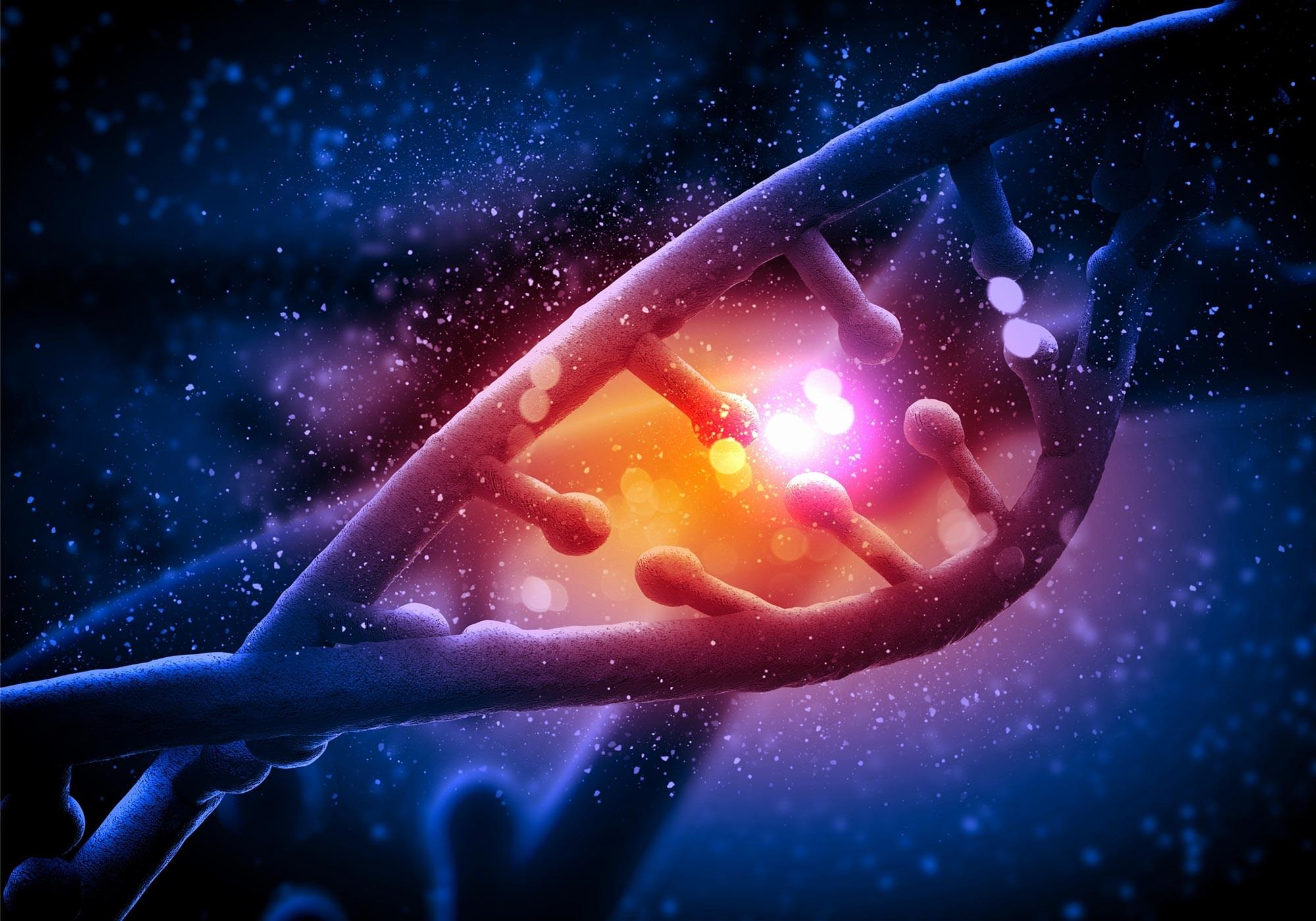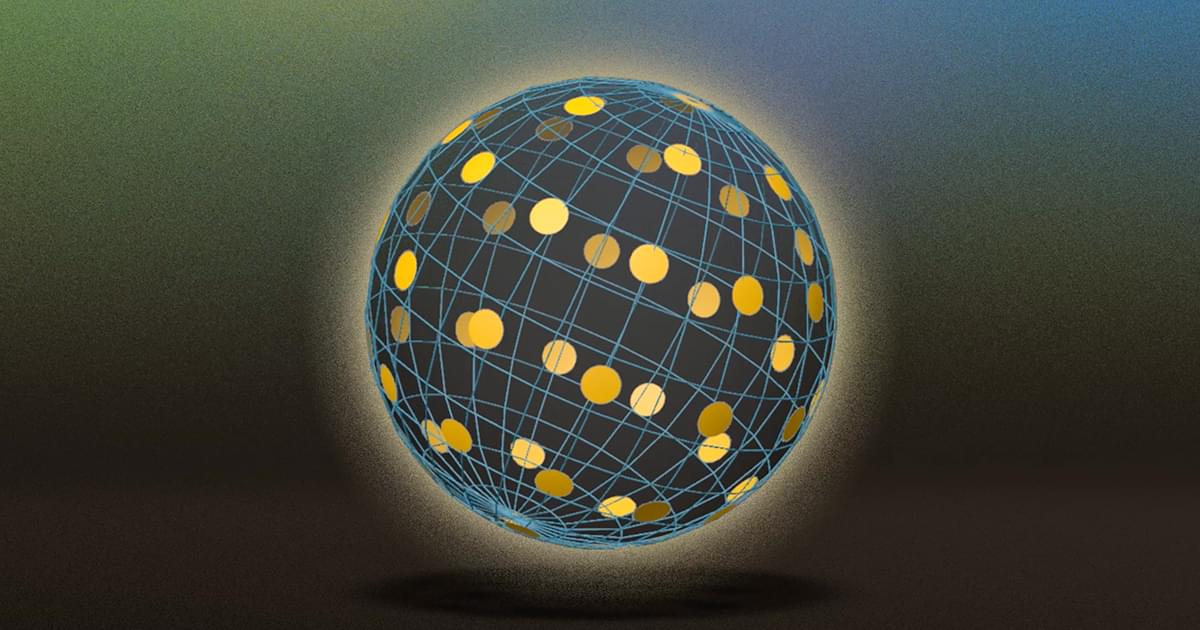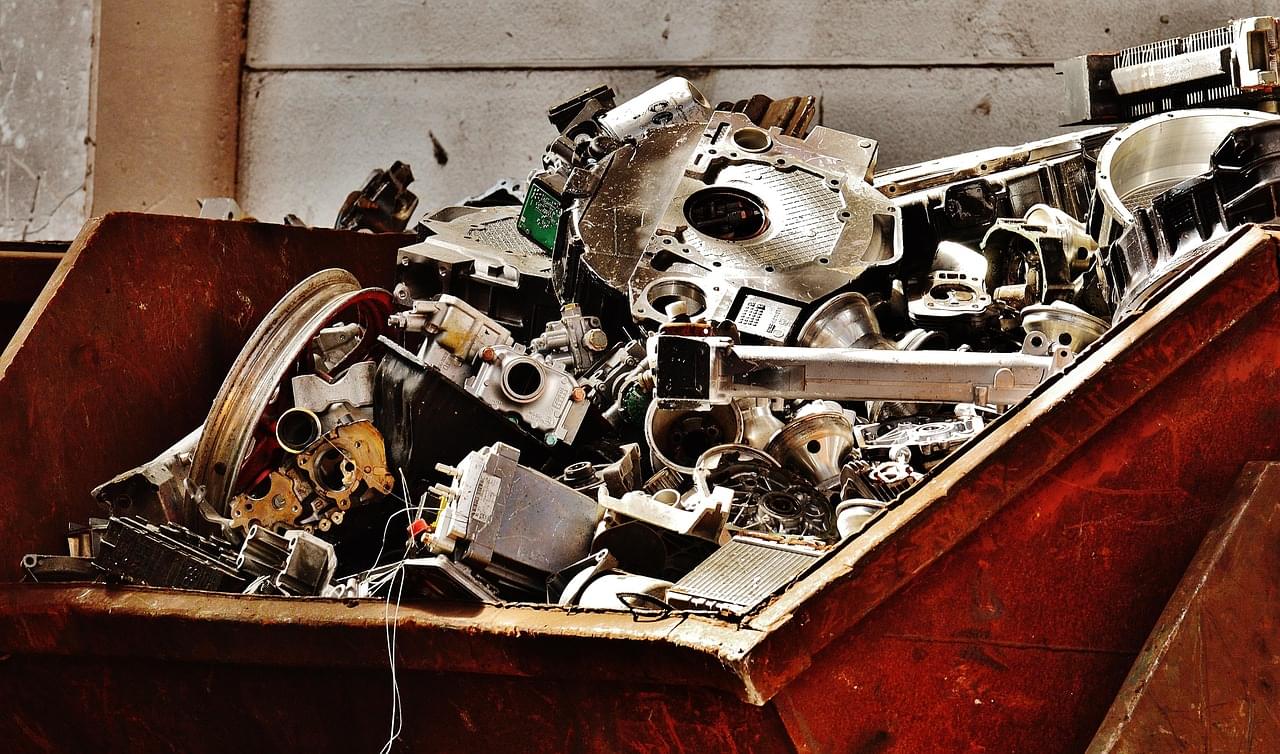Long-known as the ‘workhorses of the cell,’ proteins are responsible for powering nearly every function in the body. Often critical to this is their interactions with other small molecules known as ligands. In a new study published in Nature Structural and Molecular Biology, the researchers introduce HT-PELSA, a high-throughput adaptation of an earlier tool that detects these interactions. This new tool can process samples at an unprecedented scale, a breakthrough that promises to accelerate drug discovery and our understanding of fundamental biological processes.
Still a fairly new tool itself, the original PELSA (peptide-centric local stability assay) method, launched last year by researchers identifies protein-ligand interactions by tracking how ligand binding affects protein stability. When a ligand binds to a protein, that part of the protein becomes more stable and less prone to the effects of enzymes like trypsin, which cuts proteins into smaller peptide fragments.
What made PELSA especially noteworthy was its ability to detect peptide-level changes in stability across the entire proteome – that is, across all of the proteins in an organism. Although effective, nearly every step in the PELSA workflow is done by hand, meaning scientists can only process a few samples at a time. This not only requires a lot of time and effort but also increases the risk of contamination and accidental error.
HT-PELSA streamlines this process significantly by shifting from full-size tubes to micro-wells. Such a change enables automation of PELSA’s steps and allows researchers to analyse hundreds of samples in parallel while maintaining the same sensitivity and reproducibility.
“Before, I could only do at most, maybe 30 samples per day,” said the first author of the study. “Now, with HT-PELSA, we can scan 400 samples per day – it has highly simplified the workflow”
While in PELSA, trypsin-cleaved peptides are separated from whole proteins based on their mass, HT-PELSA leverages the water-repellant nature of proteins. It utilises a surface that proteins stick to more readily than peptides, thus allowing the scientists to separate the two. This not only further automates the process, but also enables the detection of membrane proteins that, up until now, were hard or even impossible to study.

